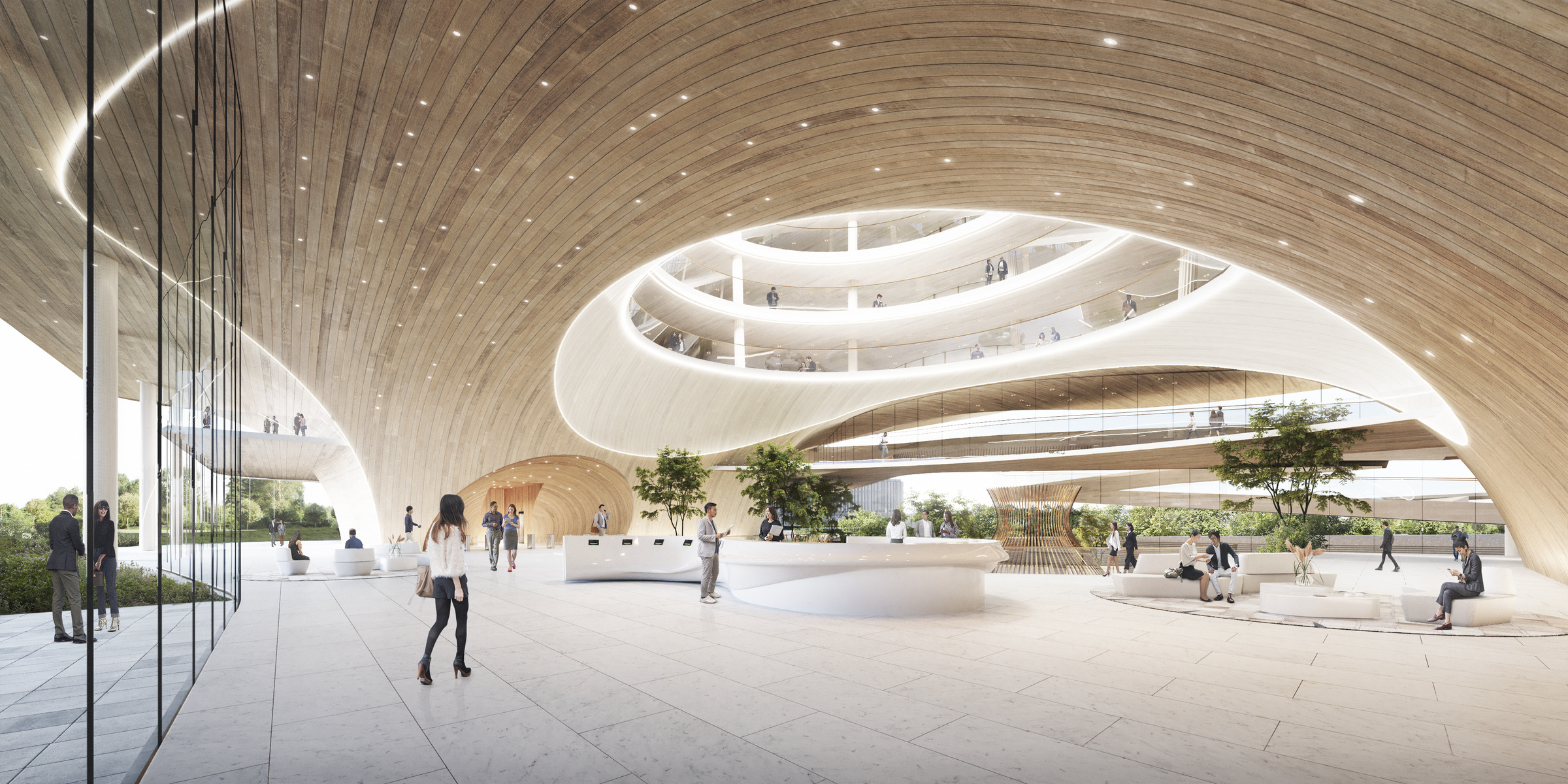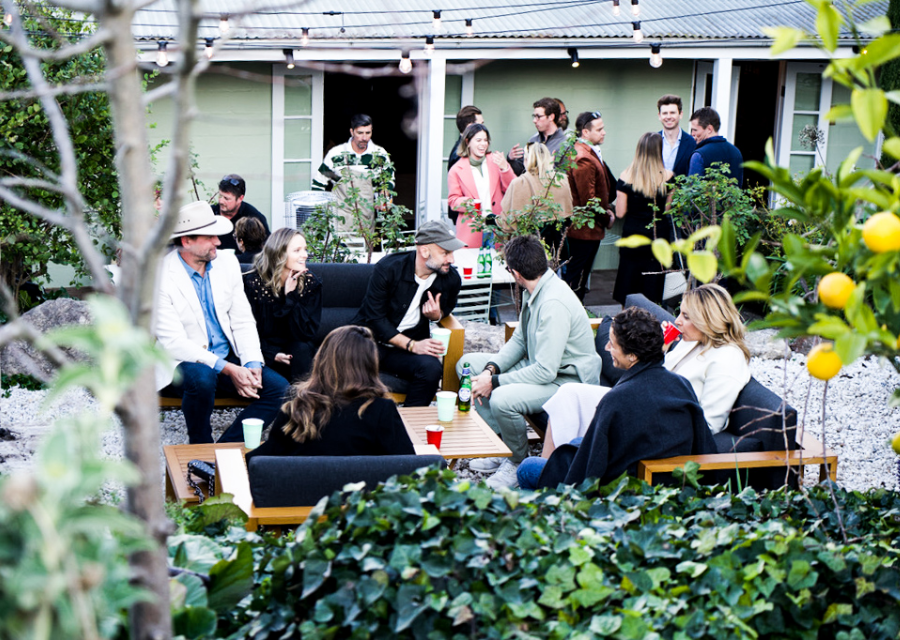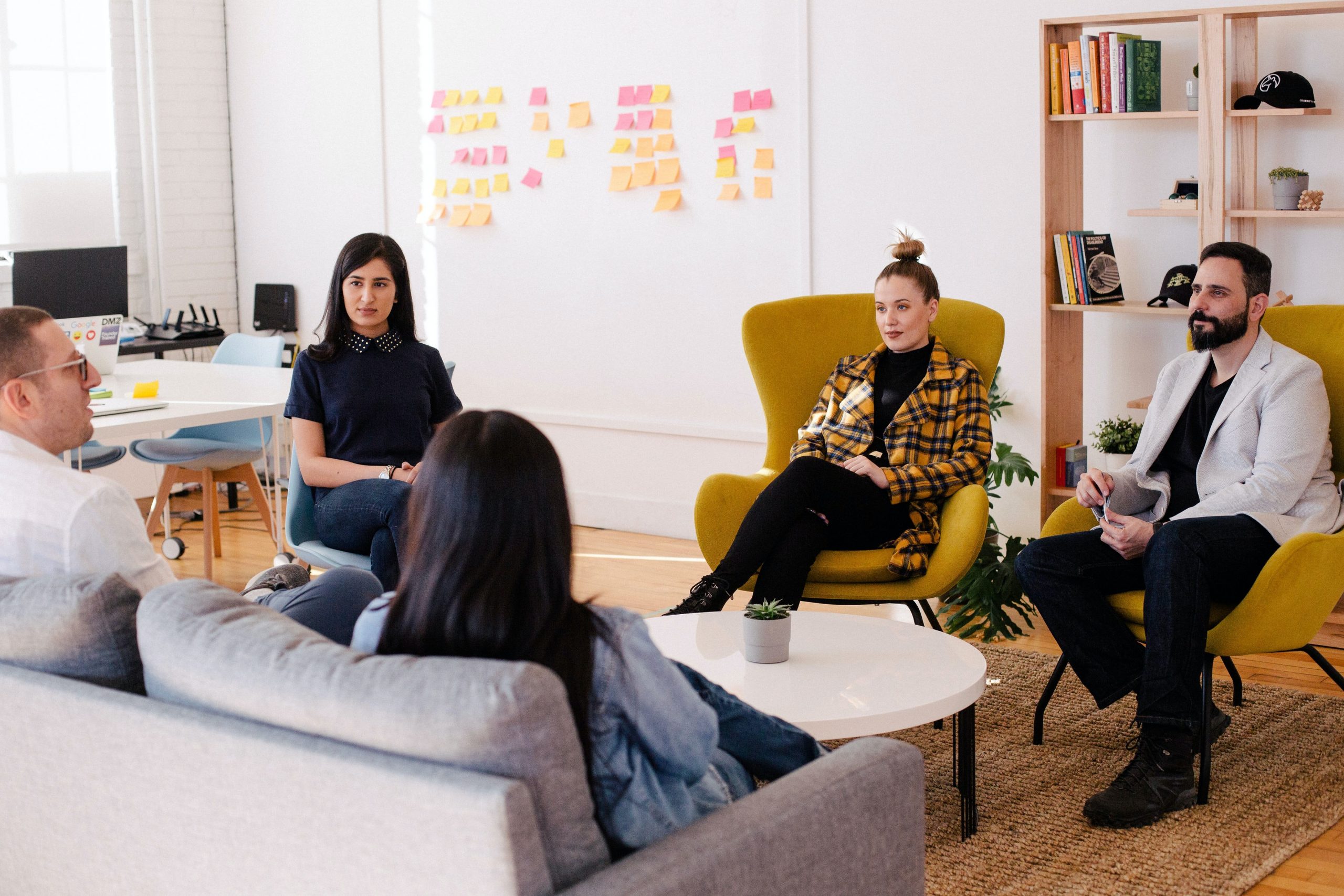Date
27 July 2022
Sector
Commercial
Related articles
- Permanent WFH Inevitable
- The Wellness Effect: Leveraging new trends in workplace wellness to reshape bottom-line results
Share this
By Stephanie Bhim, Associate Director,
Brickfields Consulting
From workplace obligation to destination. As employers search for ways to bring teams together, landlords are stepping in with compelling flex space solutions. With third spaces no longer a ‘nice to have’, the most successful are taking a fresh approach, leveraging their unique context, selling the experience – and remaining competitive in an evolving market.
Even though occupancy rates are increasing across all Australia’s capital cities, many landlords are resigned to the fact that remote work is now part of business-as-usual. Confirming this is the fact that 68 per cent of landlords consider flexible leasing options to be an important part of their strategy post-COVID, according to VTS.

Magnetic branding
For landlords and employers, a careful approach to branding is critical. Hybrid working employees still need to feel they’re part of a larger organisation and this may involve setting up a sub-brand or implementing recognisable brand elements into the flex-space design.
It’s also worth considering how the space itself should be branded. Many businesses are taking a more creative approach to naming their physical spaces to reflect the core activity, such as Korean fintech companywho named their new HQ ‘Mindmark.’ Naming the physical space sets the tone for the experience – whether it’s one of prestige, energetic collaboration or quiet focus. Doing this has the potential to attract employees and inspire a sense of purpose.

A tailored fit
While flex and third-spaces are a compelling trend – no two organisations are the same, particularly when nuances in sector, talent and location are considered. Not to mention the diverse flex typologies that exist, from co-working in train stations, premium members lounges in remote areas, to on-demand spaces in hotels. It’s clear that tailored solutions are required to create competitive workplace experiences, and enable teams to get the most out of their time together.
Ultimately, it starts with understanding your tenants and their talent so you can tap into their deeper needs. Where do they live and how do they commute? What’s their motivation for coming to the office – is it to collaborate, escape from family distractions, or socialise? What are their main tasks – important pitches, focused work, or a touch-down spot for emails between travel? Do they want to be part of a community or are they happy flying solo?

Getting it right
The answers to these questions will help you make targeted decisions for your flex space – particularly regarding its brand identity, proposition, business model, and type of amenity. It’s also important to keep seeking feedback as needs will change over time. You’ll need to monitor the satisfaction levels of your tenants and adapt the communications and experience as required.
Brickfields Consulting and Hundredweight have an excellent track record in delivering successful flex and workplace brands, tenant experience strategies and customer satisfaction research. The teams have done this at 101 Collins Street, Melbourne for AXA IM and George Place in Sydney for ISPT, among many others. Get in touch if you’d like help creating your next workspace offering.
Commercial

